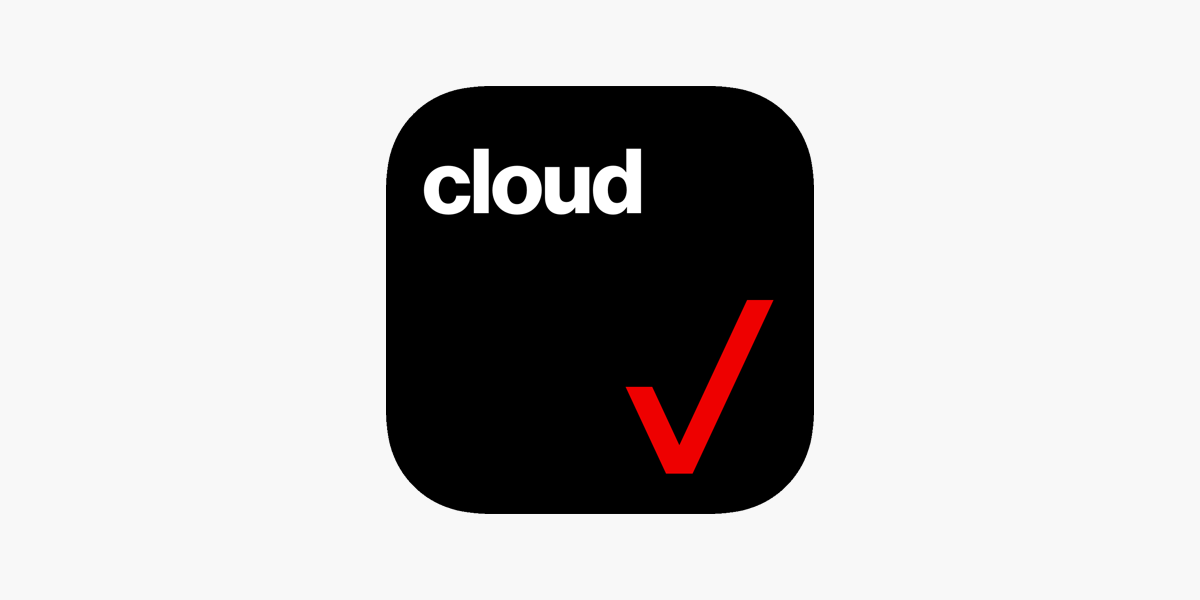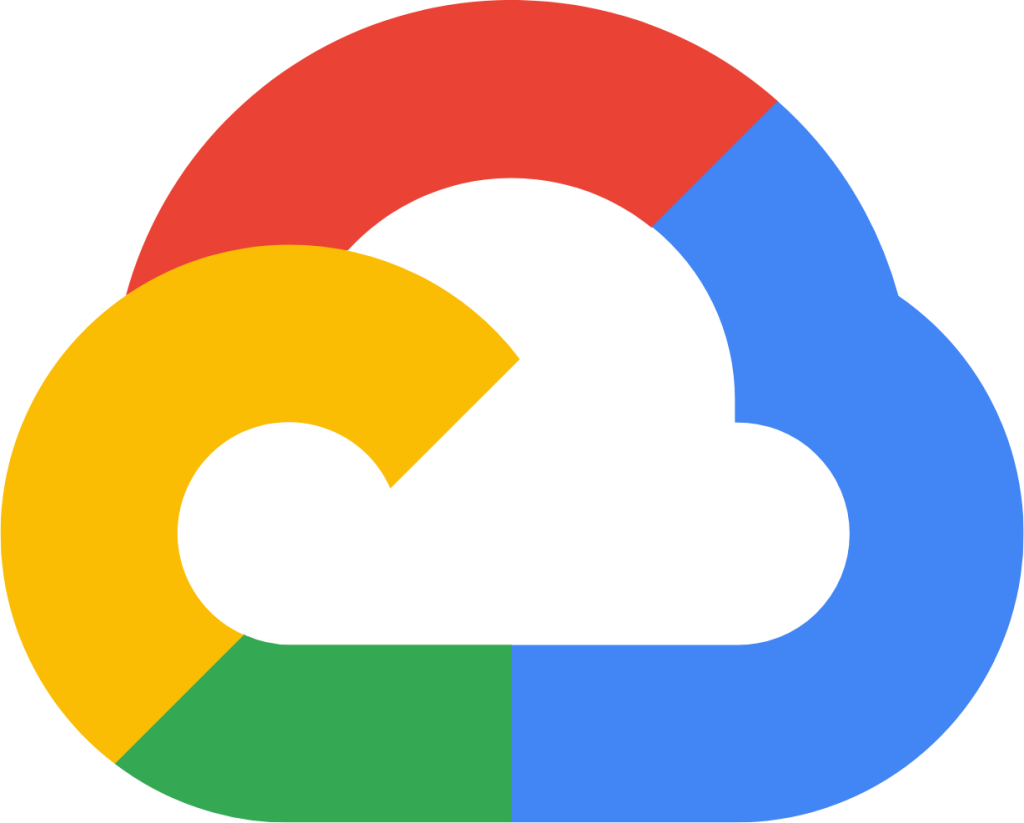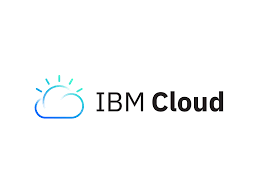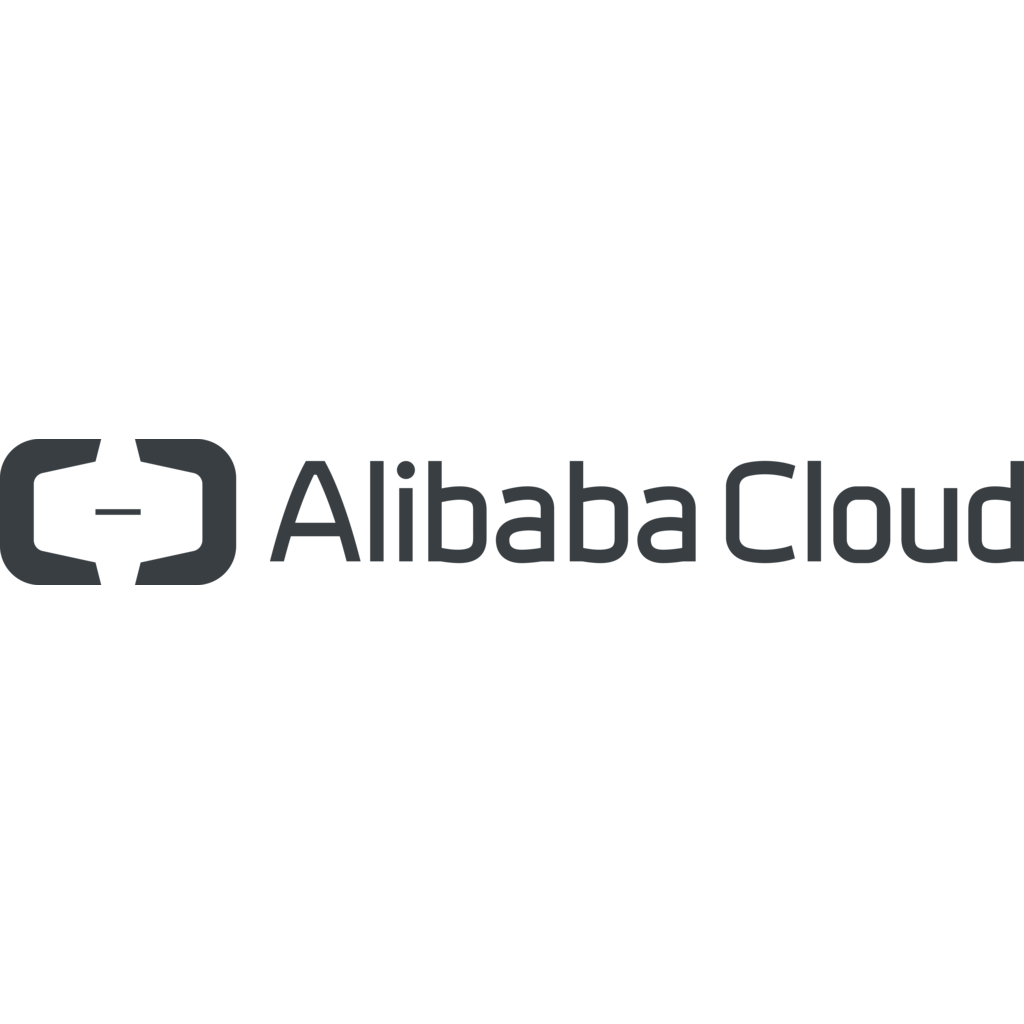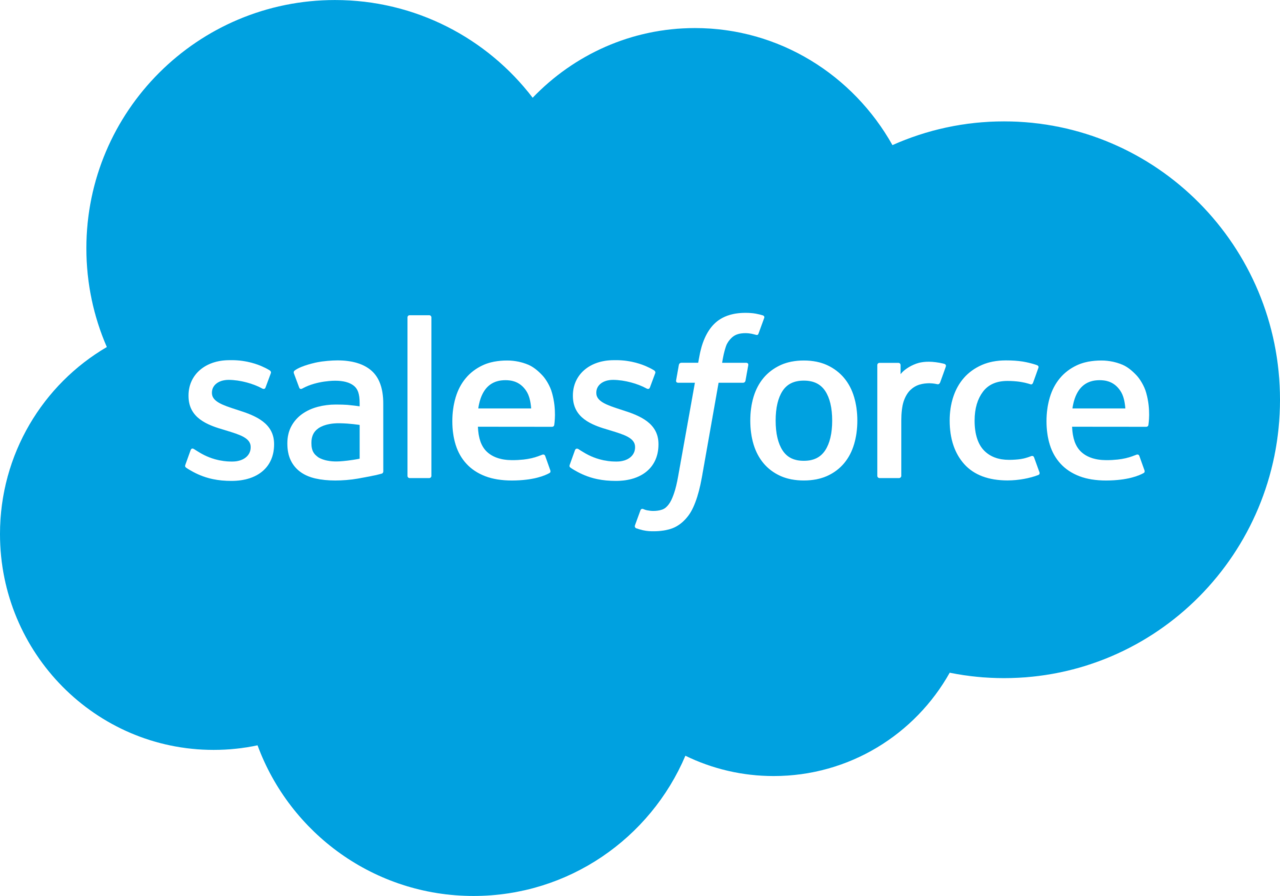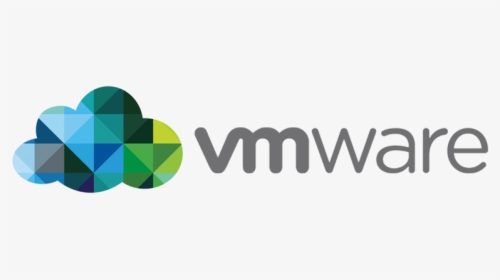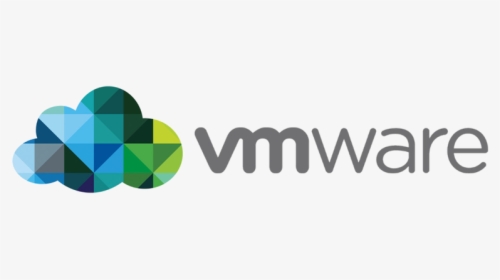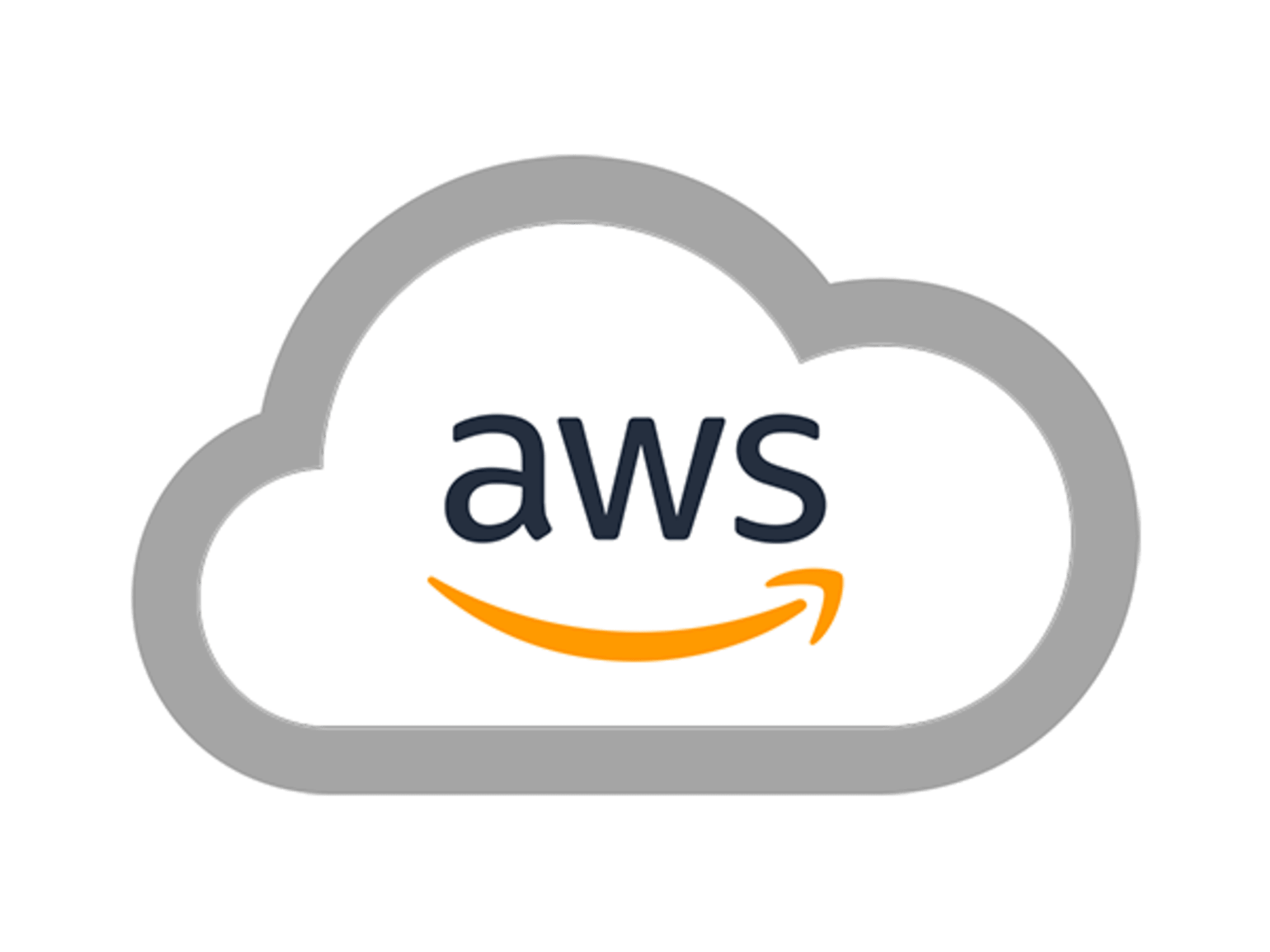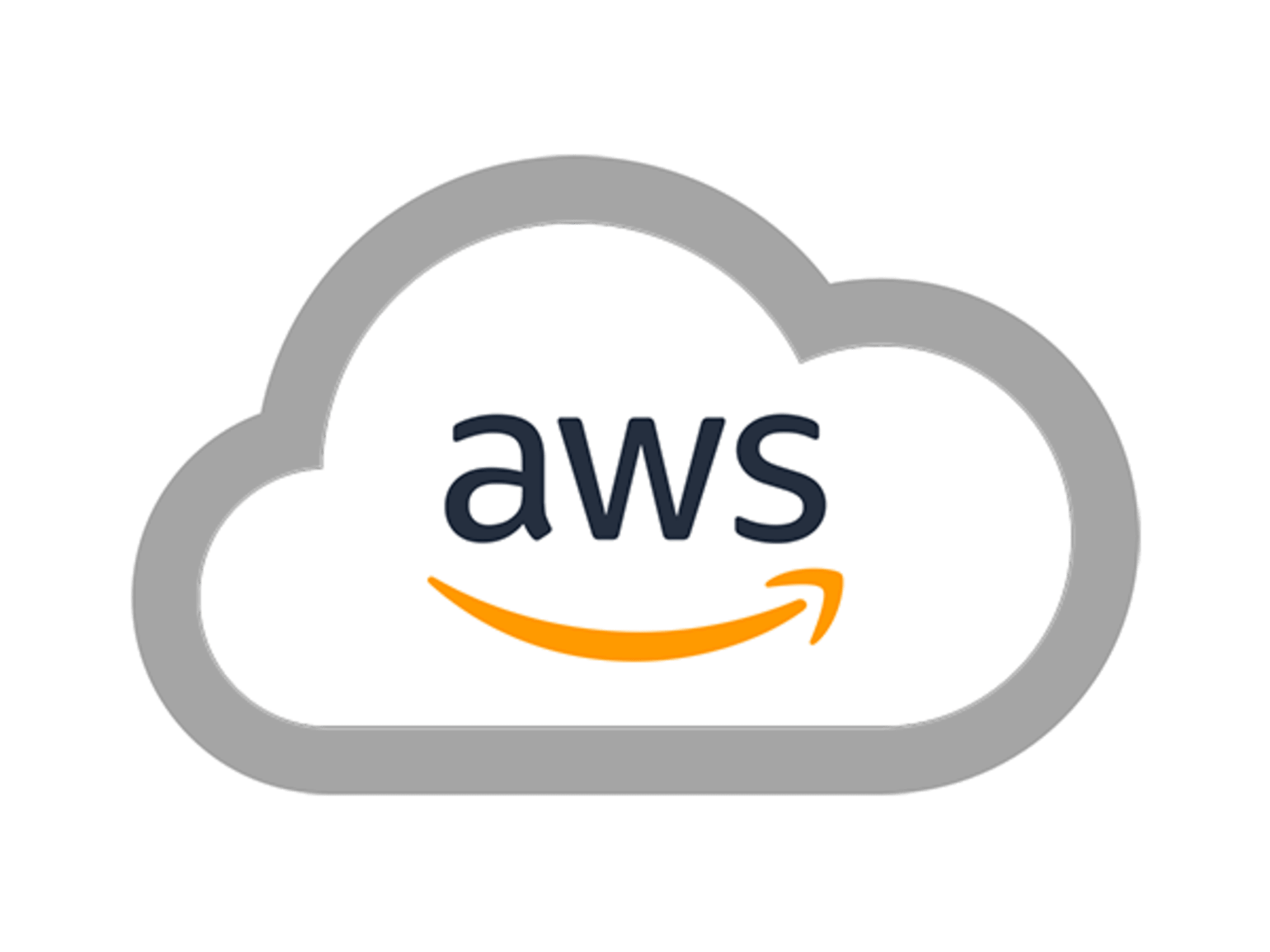By: Waqas Bin Khursheed
Tik Tok: @itechblogging
Instagram: @itechblogging
Quora: https://itechbloggingcom.quora.com/
Tumblr: https://www.tumblr.com/blog/itechblogging
Medium: https://medium.com/@itechblogging.com
Email: itechblo@itechblogging.com
Linkedin: www.linkedin.com/in/waqas-khurshid-44026bb5
Blogger: https://waqasbinkhursheed.blogspot.com/
Read more articles: https://itechblogging.com
For GCP blogs https://cloud.google.com/blog/
For Azure blogs https://azure.microsoft.com/en-us/blog/
For more AWS blogs https://aws.amazon.com/blogs/
**Introduction**
Unlocking the Potential of Verizon Cloud Login for Seamless Data Management
Verizon Cloud: Revolutionizing Data Management with Secure Login Access
---
**Efficiency of Verizon Cloud Login**
Experience Hassle-Free Data Access with Verizon Cloud Login: Your Gateway to Effortless Management
Unlocking the Power of Verizon Cloud Login: Seamless Access to Your Data Anytime, Anywhere
---
**Secure Storage Solutions**
Ensuring Data Security with Verizon Cloud Login: Safeguarding Your Information with Advanced Encryption
Verizon Cloud Login: Protecting Your Valuable Data with Robust Security Measures
---
**Benefits of Verizon Cloud Login**
Seamless Integration and Access: The Key Advantages of Verizon Cloud Login for Efficient Data Management
Maximizing Efficiency with Verizon Cloud Login: Simplifying Data Storage and Accessibility
---
**Verizon Cloud Login: Frequently Asked Questions (FAQs)**
-
What is Verizon Cloud Login?
Verizon Cloud Login is a secure access portal provided by Verizon that allows users to manage and access their data stored on the Verizon Cloud platform.
-
How do I sign up for Verizon Cloud?
To sign up for Verizon Cloud, you can visit the Verizon website or download the Verizon Cloud app from your device's app store. Then, follow the prompts to create an account by providing necessary information such as your email address, password, and any other required details. Once you've completed the sign-up process, you'll be able to start using Verizon Cloud to store and manage your data.
-
Is Verizon Cloud Login free?
Yes, Verizon Cloud Login offers a free tier with limited storage space for users to store and manage their data.
-
Can I access Verizon Cloud from multiple devices?
Yes, you can access Verizon Cloud from multiple devices, providing convenient access to your stored data across various platforms. Whether you're using a smartphone, tablet, laptop, or desktop computer, Verizon Cloud ensures that your files are readily accessible whenever you need them.
To access Verizon Cloud from multiple devices, simply log in to your Verizon Cloud account using the same credentials on each device. Once logged in, you'll be able to view, upload, download, and manage your files seamlessly across all your connected devices.
Verizon Cloud offers synchronization capabilities, ensuring that any changes you make on one device are automatically reflected across all your linked devices. This means that you can start working on a document on your laptop, make edits on your smartphone while on the go, and then continue where you left off on your tablet without any hassle.
Additionally, Verizon Cloud provides mobile apps for iOS and Android devices, allowing you to access your files directly from your smartphone or tablet with ease. These apps offer intuitive interfaces and user-friendly features, making it convenient to browse through your files and perform actions such as sharing or downloading them to your device.
With Verizon Cloud's multi-device access, you can enjoy the flexibility of managing your data from anywhere, at any time, using the device that best suits your needs. Whether you're at home, in the office, or on the move, Verizon Cloud ensures that your files are always within reach, enhancing your productivity and convenience.
-
How secure is Verizon Cloud?
Verizon Cloud prioritizes security to ensure the protection of users' data against unauthorized access and cyber threats. Here's an overview of the security measures employed by Verizon Cloud to safeguard your information:
Encryption: Verizon Cloud utilizes advanced encryption protocols to secure data both during transmission and while stored on their servers. This encryption helps prevent unauthorized access to your files, ensuring that they remain confidential and protected from interception or theft.
Authentication: To access your Verizon Cloud account, you must authenticate your identity using secure login credentials, such as a username and password. Additionally, Verizon may offer optional multi-factor authentication methods, such as SMS codes or authentication apps, to add an extra layer of security to your account.
Secure Data Centers: Verizon Cloud stores user data in secure data centers equipped with physical security measures, such as surveillance cameras, access controls, and monitoring systems. These data centers adhere to industry best practices for data protection and undergo regular audits to maintain compliance with security standards.
Firewalls and Intrusion Detection: Verizon Cloud employs firewalls and intrusion detection systems to monitor network traffic and prevent unauthorized access to their infrastructure. These security measures help detect and block suspicious activities or potential threats before they can compromise the integrity of your data.
Regular Audits and Security Updates: Verizon Cloud conducts regular security audits and assessments to identify and address any vulnerabilities in their systems. They also deploy security updates and patches promptly to mitigate known risks and enhance the overall security posture of their platform.
By implementing these security measures, Verizon Cloud strives to provide users with a secure and reliable platform for storing and managing their data, giving you peace of mind knowing that your information is protected against potential threats and breaches.
-
Can I recover deleted files from Verizon Cloud?
Yes, you can typically recover deleted files from Verizon Cloud within a certain period after deletion. Verizon Cloud often retains deleted files in a recycle bin or similar storage area for a limited time before permanently deleting them.
To recover deleted files, log in to your Verizon Cloud account and navigate to the "Trash" or "Recycle Bin" section. Here, you'll find a list of files that have been recently deleted. Simply select the files you wish to restore and follow the prompts to recover them to their original location or a designated folder.
It's important to note that the duration for which deleted files are retained may vary depending on Verizon Cloud's policies and settings. Therefore, it's advisable to act promptly if you need to recover deleted files to increase the likelihood of successful restoration.
If you're unable to find the deleted files in the recycle bin or if they have already been permanently removed from the system, you may still have options for recovery. In such cases, you can contact Verizon Cloud's customer support for assistance. They may be able to help you retrieve the deleted files from backups or provide further guidance on recovery options available to you.
Overall, while the ability to recover deleted files from Verizon Cloud is typically available, it's essential to familiarize yourself with the platform's specific procedures and limitations to ensure a successful recovery process.
-
What is the storage capacity of Verizon Cloud?
The storage capacity of Verizon Cloud varies depending on the plan you choose. Verizon offers several storage plans, each with different storage limits to accommodate varying needs.
Typically, Verizon Cloud provides storage options ranging from a few gigabytes to multiple terabytes. The exact storage capacity available to you will depend on factors such as your subscription plan, any promotions or upgrades you may have, and whether you opt for additional storage add-ons.
To determine your current storage capacity or upgrade your storage plan, you can log in to your Verizon Cloud account and navigate to the settings or subscription section. Here, you'll find information about your current storage allotment and options to increase your storage capacity if needed.
Verizon Cloud also offers flexibility in managing your storage usage, allowing you to monitor your available space, delete unnecessary files, and optimize your storage allocation to make the most of your storage plan.
Overall, Verizon Cloud provides a range of storage options to suit different user needs, ensuring that you have sufficient space to store your files securely and access them whenever you need them.
-
Can I share files through Verizon Cloud?
Yes, you can share files through Verizon Cloud with ease. Verizon Cloud offers built-in sharing features that allow you to share files and folders with other users, whether they have a Verizon Cloud account or not.
To share a file or folder from Verizon Cloud, simply navigate to the file or folder you wish to share and select the option to share. You can typically find this option by right-clicking on the file or folder or selecting it and then choosing the share option from the menu.
Once you've selected the share option, you'll be prompted to specify the recipients' email addresses or generate a shareable link. You can then customize the sharing settings, such as setting permissions to view-only or allowing recipients to edit the file or folder.
After specifying the sharing settings, simply send the shareable link or invitation to the recipients, and they'll be able to access the shared file or folder through Verizon Cloud. Recipients may need to sign in to their Verizon Cloud account or create a free account if they don't already have one.
Verizon Cloud also provides options to revoke or adjust sharing permissions at any time, giving you control over who can access your shared files and folders. Additionally, you can track sharing activity and manage shared content through your Verizon Cloud account settings.
Overall, Verizon Cloud's file-sharing capabilities make it convenient to collaborate with others and securely share files and folders, enhancing productivity and collaboration efforts.
-
Does Verizon Cloud support automatic backup?
Yes, Verizon Cloud supports automatic backup functionality, allowing users to schedule regular backups of their data to ensure it is consistently protected and up-to-date.
Users can configure automatic backup settings within the Verizon Cloud application or web interface. Typically, you can specify which files or folders you want to include in the automatic backup process and set the frequency and timing of backups according to your preferences.
Once configured, Verizon Cloud will automatically initiate backups according to the schedule you've defined, ensuring that your data is regularly backed up without requiring manual intervention. This automatic backup feature helps safeguard your files against data loss due to hardware failure, accidental deletion, or other unforeseen circumstances.
By enabling automatic backup on Verizon Cloud, you can enjoy peace of mind knowing that your important files and documents are continuously protected and easily recoverable whenever needed.
-
How do I upgrade my Verizon Cloud storage plan?
To upgrade your Verizon Cloud storage plan, you can typically do so through the Verizon Cloud website or mobile app. Here's a general guide on how to upgrade your storage plan:
- **Log in to your Verizon Cloud Account**: Visit the Verizon Cloud website or open the Verizon Cloud mobile app on your device. Log in to your account using your username and password.
- **Access Account Settings**: Once logged in, navigate to the account settings or subscription section of your Verizon Cloud account. This is usually found in the menu or settings options within the application or website.
- **View Current Plan**: In the account settings or subscription section, you'll be able to view details of your current storage plan, including the storage capacity and any features included in your plan.
- **Upgrade Options**: Look for an option to upgrade your storage plan. This may be labeled as "Upgrade Plan," "Change Plan," or similar. Click on this option to proceed with upgrading your storage.
- **Select New Plan**: You'll typically be presented with a range of storage plans to choose from. Select the plan that best fits your storage needs and budget. Pay attention to the storage capacity and any additional features offered in each plan.
- **Complete Payment**: Follow the prompts to complete the payment process for your chosen storage plan upgrade. You may need to enter payment information or confirm your billing details to proceed with the upgrade.
- **Confirmation**: Once the upgrade process is complete, you should receive confirmation that your storage plan has been successfully upgraded. You'll now have access to the increased storage capacity and any additional features included in your new plan.
By following these steps, you can easily upgrade your Verizon Cloud storage plan to accommodate your growing storage needs and access additional features offered by higher-tier plans.
-
Is there a mobile app for Verizon Cloud?
Yes, Verizon Cloud offers a mobile app that allows users to access and manage their data directly from their smartphones or tablets. The Verizon Cloud mobile app is available for both iOS and Android devices and can be downloaded from the respective app stores.
Once installed, users can log in to their Verizon Cloud accounts using their credentials and access all of the features and functionalities available on the web version of Verizon Cloud. This includes uploading, downloading, and managing files and folders, as well as accessing settings and account information.
The mobile app also provides convenient features tailored for mobile use, such as automatic photo and video backup, mobile device synchronization, and the ability to access files offline. Additionally, the app offers a user-friendly interface optimized for touchscreen devices, making it easy to navigate and interact with your data on the go.
Overall, the Verizon Cloud mobile app provides users with a seamless and convenient way to access and manage their data from anywhere, at any time, using their mobile devices. Whether you're backing up photos from your smartphone or accessing important documents on the fly, the Verizon Cloud mobile app ensures that your data is always within reach.
-
Can I access Verizon Cloud offline?
No, you cannot access Verizon Cloud offline through the web interface or mobile app. Offline access requires an active internet connection to sync and access your files stored on Verizon Cloud's servers. However, some mobile apps may allow you to view previously downloaded files offline, but you won't be able to make changes or access new data without an internet connection.
-
What happens if I forget my Verizon Cloud login password?
If you forget your Verizon Cloud login password, you can typically initiate a password reset process to regain access to your account. Here's what you can do:
- **Password Reset**: Visit the Verizon Cloud login page and look for an option to reset your password. This is usually labeled as "Forgot Password" or a similar variation.
- **Enter Email or Username**: Provide the email address or username associated with your Verizon Cloud account. This is typically the same email address you used to sign up for the account.
- **Verification**: Verizon Cloud may require you to verify your identity to ensure security. This may involve answering security questions, providing additional verification information, or confirming your identity through a verification code sent to your email or phone number on file.
- **Reset Password**: Once your identity is verified, you'll be prompted to create a new password for your Verizon Cloud account. Choose a strong and secure password that you'll remember but is difficult for others to guess.
- **Confirmation**: After successfully resetting your password, you should receive confirmation that the process is complete. You can then log in to your Verizon Cloud account using your new password.
If you encounter any difficulties during the password reset process or require further assistance, you can reach out to Verizon Cloud's customer support for help. They can provide guidance and support to help you regain access to your account.
-
Does Verizon Cloud support file versioning?
Yes, Verizon Cloud supports file versioning, allowing users to access previous versions of their files and restore them if needed. File versioning is a valuable feature that helps users recover from accidental changes or deletions by maintaining a history of file revisions over time.
With file versioning enabled, Verizon Cloud automatically saves and preserves previous versions of files whenever changes are made. This ensures that users can revert to earlier versions of a file if necessary, providing an added layer of protection against data loss or corruption.
Users can typically access file version history through the Verizon Cloud web interface or mobile app. From there, they can view a list of previous versions of a file, along with details such as timestamps and version numbers. Users can then choose to restore a specific version of the file to overwrite the current version or download it for reference purposes.
File versioning in Verizon Cloud helps users maintain data integrity and ensures that they have access to historical versions of their files when needed. This feature is particularly useful for collaborative work environments, where multiple users may be making changes to shared files, as it allows for easy tracking and recovery of file revisions.
-
Can I sync my Verizon Cloud with other cloud services?
As of my last update in January 2024, Verizon Cloud does not offer native support for syncing with other cloud services. However, you may still be able to transfer files between Verizon Cloud and other cloud storage services using third-party applications or tools that support cloud-to-cloud transfers.
These third-party tools typically allow you to connect your Verizon Cloud account along with accounts from other cloud storage providers, such as Google Drive, Dropbox, or OneDrive. You can then transfer files between these services, enabling you to synchronize your data across multiple platforms.
Before using third-party tools to sync your Verizon Cloud with other cloud services, it's essential to ensure that you're comfortable with the security and privacy implications of granting access to your cloud accounts. Be sure to review the permissions required by the third-party tool and consider any potential risks before proceeding with the synchronization process.
Additionally, keep in mind that third-party synchronization tools may have limitations or restrictions, and their functionality may vary based on factors such as file size, transfer speed, and compatibility with different cloud storage services.
Overall, while Verizon Cloud may not directly support synchronization with other cloud services, you may still have options for transferring files between Verizon Cloud and other platforms using third-party tools. Be sure to research and choose a reputable and trusted tool that meets your needs and requirements for cloud-to-cloud synchronization.
---
**Conclusion**
In conclusion, Verizon Cloud Login offers a seamless solution for managing and securing your data efficiently.
Unlock the Power of Verizon Cloud Login: Streamline Your Data Management Today!

